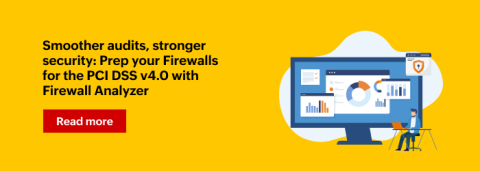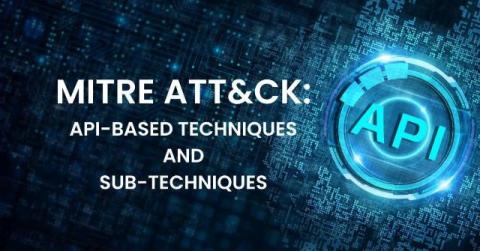What is Zero Trust?
“Never trust; always verify.” That’s the philosophy that drives the Zero Trust model, and it represents a major shift from the previous motto: “Trust but verify.” As threat actors have become more sophisticated, organizations have shifted their security frameworks away from a network-centric model and toward an identity-first model. Zero Trust assumes that every attempt to access an organization’s digital assets is from a threat actor until it can be proven otherwise.











